Next to a mother, siblings are the most important relationships young chickens have. When you go shopping for chicken and eggs, the fact that chickens develop such relationships probably doesn’t cross your mind. But chicks which are raised by their mother, develop strong attachment to their brothers and sisters. So, when their mother leaves them on their own, the siblings stick together. They roost together and roam together.
As they age, their sibling relationships get more complicated. The males and female chicks start to separate, with the males hanging out together, and the females sticking together. It’s only possible for chickens to have these sibling attachments where they are raised by their mothers and have plenty of space to be themselves.



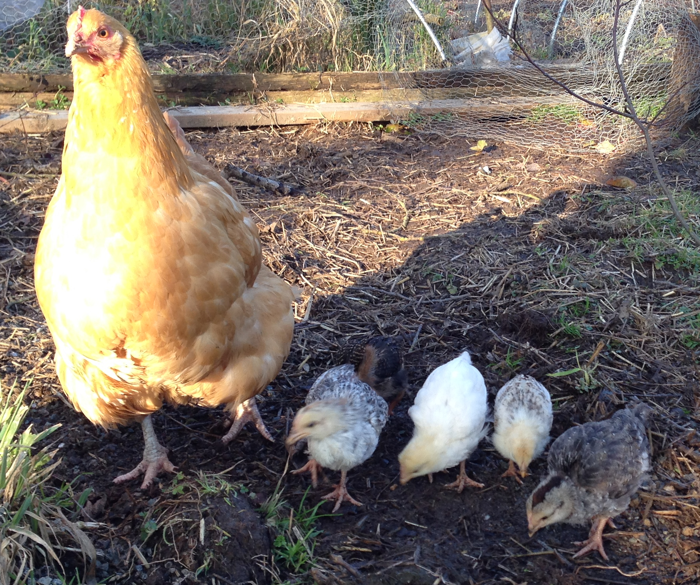
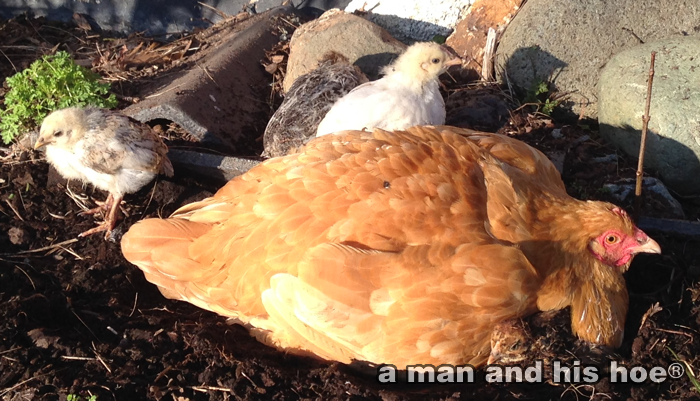
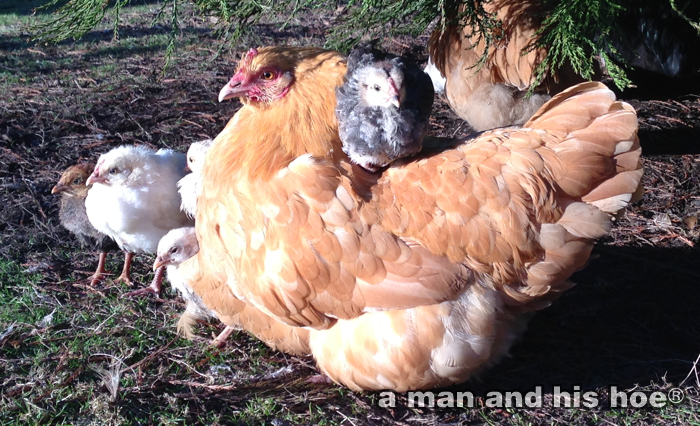





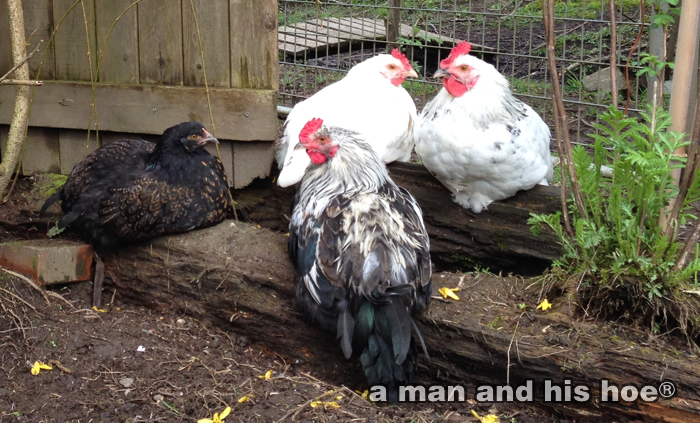
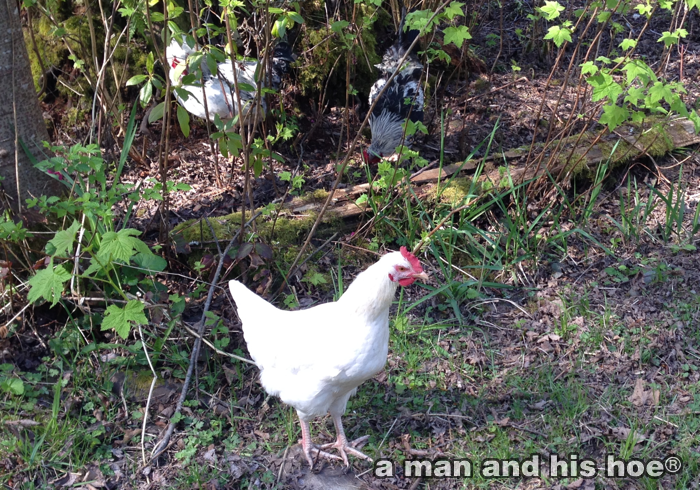

I read this yesterday and found it interesting but it just occurred to me that perhaps it’s even more interesting than I first thought. I am so new to chickens that I forget that “siblings” might not be a genetic relationship but — what? something like imprinting? Or do your chickens sit only on their own eggs?
Siblings may not be genetically related. They are chicks hatched and raised by the same mother. In most cases the eggs are from a collection of hens. Even if all the eggs were from the same hen, they most likely would have been fertilized by different roosters. Some hens do have their favorite roosters, but hens are far from monogamous.
The fact that hens will hatch eggs other than their own makes chicken society very complicated. Each chick has a bio mom (the one who laid the egg) and a social mom (the one who hatched the egg & raised the chick). On our farm (4 acres in Northern California), it’s rare that we’re able to figure out who the bio mom is, but sometimes their is a tell-tale sign.
By the way, just discovered your site and like what I see. Like you, we started with birds from a hatchery, but since then, our hens have hatched about 40 chicks. Of course, that means we have 20 roosters now.
Glad to hear of others raising chickens this way. I have found that I do need to thin out the rooster population: one to spare the hens from being chased too much, and two to keep the roosters from fighting.
Here, the roosters tend to hang out together until they are about six months of age. They get combative with each other between 6 months and a year old. Also, spring time is when they challenge each other the most. Though with 5 acres, they do tend to set up their own territories and avoid each other.